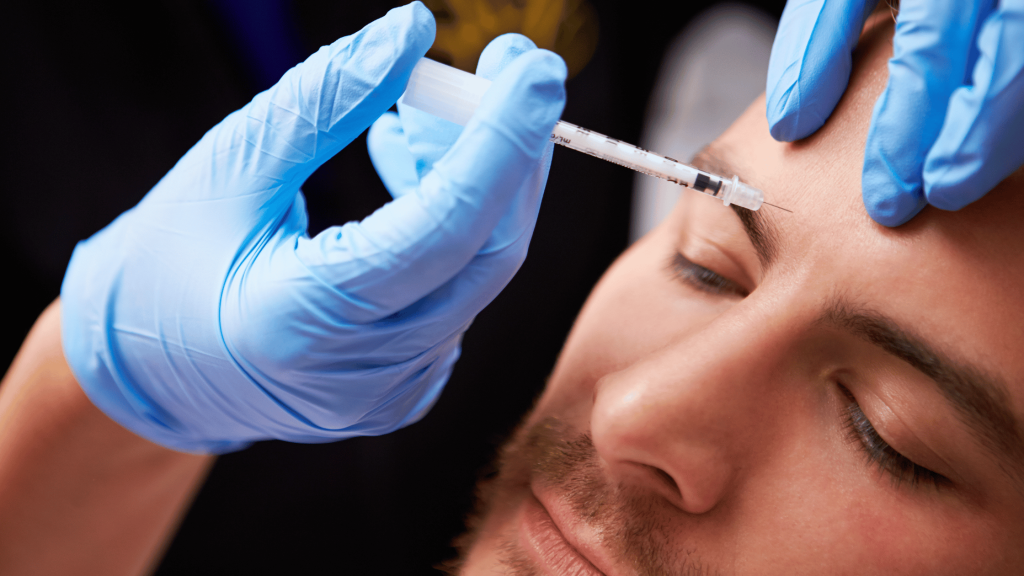
As the demand for non-surgical aesthetic treatments rises, Botox – also known as Botulinum toxin – continues to reign supreme. Favoured by many for its quick, fuss-free application and transformative results, Botox helps to soften the appearance of wrinkles and fine lines, resulting in a rejuvenated, more youthful look. However, as with all medical procedures, Botox isn’t without potential complications. Before embarking on your Botox journey, it’s vital to be aware of possible risks and side effects. This guide aims to equip potential patients in the UK with the necessary knowledge about Botox complications.
Understanding Botox and How It Works
Botox is a purified protein derived from the bacterium Clostridium botulinum. When administered in tiny amounts into targeted muscles, it works by blocking the signal from the nerve to the muscles, thereby reducing muscle activity and softening wrinkles and lines.
Common Side Effects of Botox
After a Botox treatment, patients may experience some minor and typically short-lived side effects. These can include:
- Redness, swelling, or bruising at the injection site
- A mild headache
- Temporary facial weakness or drooping
- Flu-like symptoms
- Dry mouth
- Discomfort or pain at the injection site
- Eye problems, such as double vision, blurred vision, decreased eyesight, drooping eyelids, swelling of the eyelids, and dry eyes
Remember that these side effects are generally temporary and should resolve on their own within a few days to a week.
Serious Complications: When to Seek Immediate Medical Attention
While Botox treatments are generally safe when administered by a qualified aesthetic practitioner, more severe complications can arise, albeit rarely. If you experience any of the following symptoms, seek immediate medical attention:
- Difficulty swallowing, speaking, or breathing
- Loss of strength
- Overall muscle weakness
- Loss of bladder control
- Vision changes
- Severe skin rash or itching
These symptoms can indicate a serious reaction to Botox, and although they’re rare, they demand immediate medical attention.

Factors Influencing Botox Complications
Certain factors can increase the risk of complications from Botox treatments:
- Practitioner’s Expertise: Your practitioner’s experience and qualifications can significantly impact your risk of complications. A trained professional will know the correct doses, the right sites for injection, and how to minimise side effects. Always ensure your practitioner has the appropriate qualifications and an excellent track record.
- Your Health: Patients with certain health conditions, such as neuromuscular disease or those who are pregnant or breastfeeding, may be at a higher risk of complications. Always disclose your full medical history to your practitioner.
- Aftercare: Post-treatment care can influence the outcomes of your Botox treatment. For instance, rubbing the injection site can cause the Botox to spread to other areas, leading to complications.
Mitigating the Risks: Pre- and Post-Botox Care
Preparation and aftercare are crucial components in minimising Botox complications. Before your treatment, avoid alcohol, smoking, and certain medications, such as aspirin and anti-inflammatory drugs, which can increase the risk of bruising.
Post-treatment, avoid lying down, physical exertion, and touching the treated area for a few hours. These precautions can prevent the Botox from moving to unintended areas.
The Importance of Informed Consent
Informed consent is an essential aspect of any aesthetic treatment. It means that your practitioner should provide comprehensive information about the Botox procedure, including potential risks and complications, allowing you to make an educated decision about your treatment.
In conclusion, while Botox is generally safe and effective when administered correctly, potential patients should be aware of possible complications and how to mitigate risks. Always seek treatment from a qualified aesthetic practitioner who prioritises patient safety and open, honest communication. Remember, aesthetics is a journey, not a race. Taking the time to understand and prepare for the journey ensures a smoother and more enjoyable ride.

